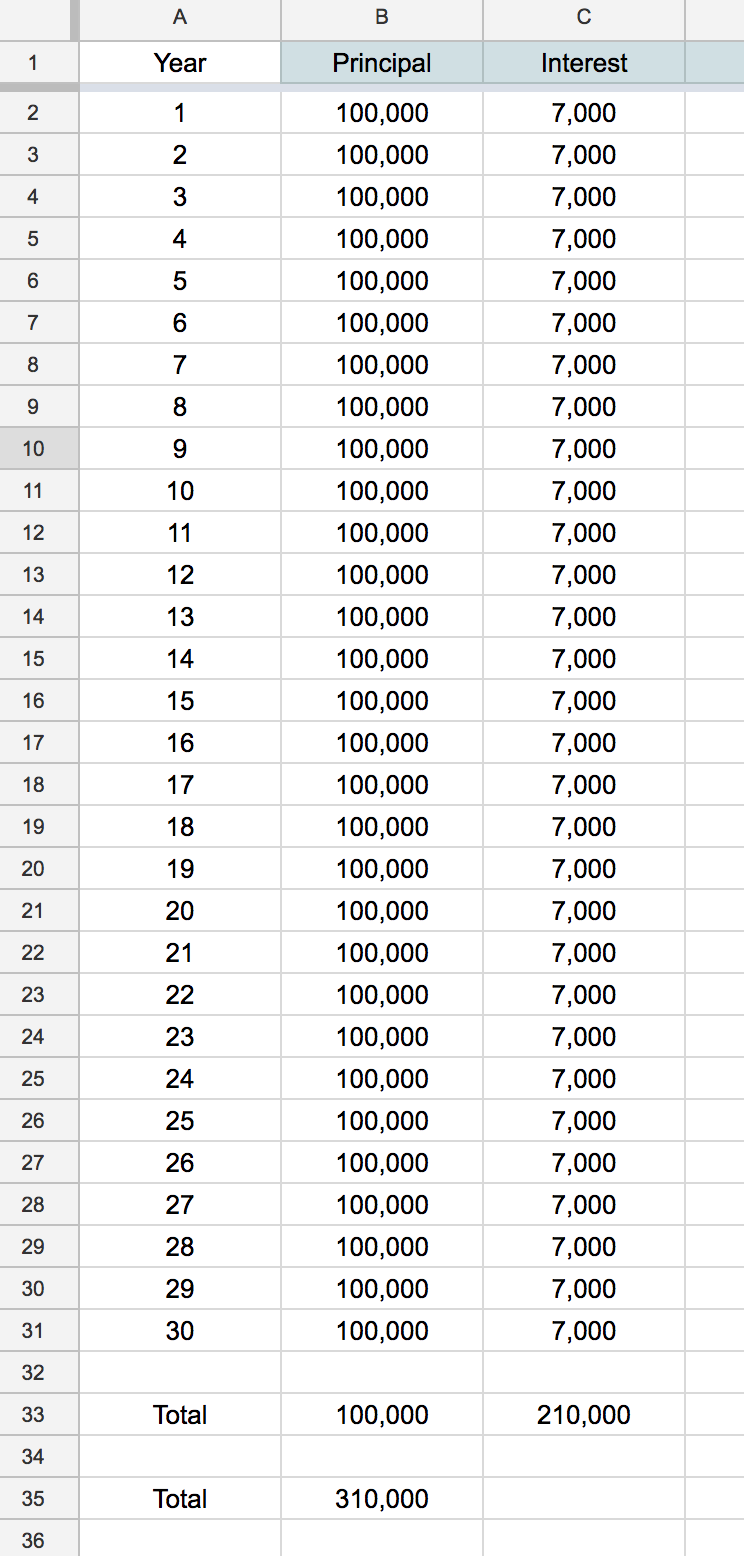The Content Compounding Method

I am sure you have heard about simple interest and compound interest.
If you have 1 lakh in cash and if you deposit it in a bank, you will get interest out of it.
Let’s say you are getting 7% interest on fixed deposit and you are withdrawing it every year.
If you do this for 30 years, your total money accumulated would be 3.1 Lakhs.
The principal of 1 lakh would have remained and you would have earned a total of 2.1 lakhs in interest over 30 years.
You would have got a interest of 7,000 every year.
Here’s how the math looks.

But with the same 1 lakh, there is a way to make much more money.
And that is by re-investing the interest that you earn every year back into the principal so that you can start earning interest on interest.
What if you do that for 30 years?
You will end up making more money… but how much more?
It is way more than you think!

This is more than double of the previous 3.1 lakh you would have made.
With compound interest, you would have made 7.1 lakhs.
If you do this for 50 years, with simple interest you would earn 4.5 Lakhs.
With compound interest you would earn 27.5 Lakhs.
With slight increases in the total length of compounding and the % growth per year, the numbers become mind blowing.
If you make the yearly growth 9% instead of 7%, you would make 5.5 lakhs in 50 years with simple interest, but with compound interest you would make 68+ lakhs!
So that’s the power of compounding.
And why am I talking about compound interest in a blog about digital marketing?
Because I have observed a similar trend with content marketing.
Every piece of content that I create is an asset which keeps bringing traffic over time.
Even this piece of article is an asset.
This article would be useful to someone who reads this even after 10 years. It is an evergreen piece of content.
Every piece of content including blog posts, ebooks, videos, courses, podcasts, webinars and so on is an asset.
Some news-type content pieces will have a lesser shelf life. Other content has a longer shelf life.
Evergreen content will bring a boost of traffic to start with and will keep bringing traffic to the blog for a long time.
For example, this post on how to become a self-made digital marketing expert was published by me around end of 2013.
It has been almost 5 years since I published that post.
This month, in 21 days, this post has got me 2079 page views.
This page has given me 150 leads this month.
Each lead coming from organic sources is worth 50 INR for my business on average.
That’s 7500 INR in profit this month.
For something that I created 5 years back!

As I keep publishing new articles on my blog, every content piece becomes an asset that yield traffic (instead of interest) for a long time.
With every visitor coming to my website, I have a chance to convert them into a subscriber and then a paying customer.
With paying customers, the revenue goes up. And profits go up.
But instead of taking the profits home, I will reinvest the money into more content.
That that’s content compounding.
Reinvesting the result from content back into more content creation.
Such a practice would lead to massive profits in the long run
I am not an expert at the money markets like SIP, Mutual Funds and stocks.
But I know how to create useful content, attract traffic and convert that traffic into revenue.
And I can follow the simple compounding formula that has worked for so many investors in the world.
Except I would be investing time, energy and money into content than buying stocks or investing in growth instruments.
Every great investor gives one major advice: Invest in things that you understand.
Warren Buffet has not invested in tech companies for a very long time because he is clear that he doesn’t understand it.
To become insanely rich, one does not need to know about everything under the sun.
One area of growth is enough for one lifetime!
Mine will be content compounding…
Would it be yours too?
Leave a comment below to let me know what you think about this method.
Cheers,
Deepak Kanakaraju